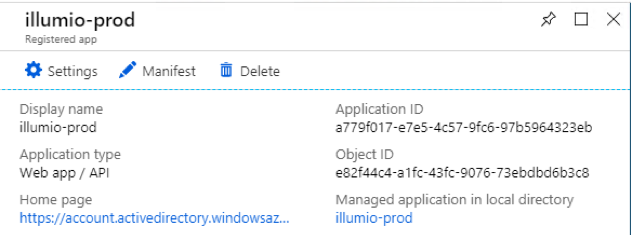

When logged in to your Azure Portal, select View under Manage Azure Active Directory.įrom the left side menu, select Enterprise applications. To start setting up Azure, leave this page open in a tab, and log in to your Azure Portal from your browser. You’ll see a list of instructions and empty fields to connect Azure with Opsgenie. To configure SSO with Azure Active Directory:įrom your Opsgenie account, go to Settings > Login and SSO.

Add Opsgenie application to Azure Active Directory

Learn more about configuring SSO for Opsgenie. That way, your organization can incorporate Opsgenie into your application base in Azure AD, and this way, your users can access Opsgenie securely. Opsgenie supports single sign-on with Azure AD. Url = request.build_absolute_uri(request.Azure Active Directory is a Microsoft Azure service that provides identity and access management. User_internal = (id=user_id).first()Ĭompany_azure = (company=user_).first()Įxpected_state = ('auth_state', '') This my callback view, called in redirect_uri: def callback(request): The problem is that every time the customer is going to log in he needs to enter his credentials in azure, would it be possible with the microsoft user_id or the token acquired the first time the user logs in to login? Or another way to log in faster? In django the user types only the email, I identify the user and his company and redirect him to the microsoft ad login screen, after login, the redirect uri is activated and in my view I do some validations and authenticate the user on my system. I have a django-based web application, a client requested that we integrate the login with Azure AD, following the documents I managed to integrate with the following flow.


 0 kommentar(er)
0 kommentar(er)
